(Listen to the July 17 radio version here.)
Ten years ago, I did a Lower-48 Big Year during which I crisscrossed the country, mostly by car, trying to see as many birds of conservation concern as I could. All that driving brought me past many overgrazed grasslands. In April, I visited a Greater Prairie-Chicken lek in Kansas that, years before, had teemed with prairie chickens. Now, at the peak of their breeding season, there remained just one lone male.
The little plot of grassland where he displayed had been overgrazed, but that can be a feature, not a bug, on a lekking grounds. The tragedy was that the land surrounding the lek, where prairie chickens feed, nest, and spend their lives when not displaying, had also been overgrazed. In 2013, a devastating drought had also taken its toll. The lek had been down to two birds a few days before I was there, but a coyote had dispatched one. Now this last remaining male was booming, cackling, and dancing his heart out all by himself. I wrote in my Big Year blog entry about it, “There was something so achingly poignant, yet so endearingly plucky, about this bird putting his entire being into a performance directed to no one at all.”
The drought was yet another early foreboding about worse effects of climate change to come. We’ve always had droughts and other weather extremes, giving ignorant climate deniers what they think is proof that climate change isn’t really happening, but the truth is, these weather extremes—devastating storms, extended periods of high winds, droughts, floods, excessive heat, wildfires, and smoke-filled air—have now become the norm, exactly as Al Gore told us would happen in his well-researched book and movie documentary, An Inconvenient Truth.
The situation seems hopeless. Every step we make toward reducing our use of fossil fuels not only lowers our carbon footprint but also helps improve air and water quality, yet science deniers don’t care. Is it irony or simple ugliness that compels a segment of our population to weep crocodile tears over zygotes while closing their eyes to the smoke babies are breathing? Ignorance and rejection of basic science have become a horrifying new normal, too.
I’d been eating very little beef for a long time and wrote about cattle production in my 2006 book, 101 Ways to Help Birds. I made # 2 “Eat lower on the food chain, and especially eat less beef.” Overgrazed grasslands are hardly the only destructive thing about cattle production. Feed lots are also environmentally devastating, and I saw a lot of them during my Big Year. The smell was overpowering and I witnessed too many rivers of foul run-off flowing into nearby streams. The miles and miles of cornfields I passed are another harmful element of cattle production, too much of it grown to feed those poor overcrowded cows, much of it genetically modified to produce caterpillar-killing Bacillus thuringiensis.
I reached a breaking point as I drove past what seemed like an endless, sickeningly smelly feed lot in New Mexico in July. I simply could no longer contribute even a tiny part to this horrible scourge, so I decided to stop eating beef altogether. The week before, I’d had a cheeseburger at a McDonalds and did not want that to be the last beef I ever ate. And so on July 19, 2013, exactly ten years ago this week, I had a green chili hamburger at the famous Owl Café in San Antonio, New Mexico with the firm intention that it would be the last beef I ever ate. (I wrote about that delicious hamburger and why I was done with beef on my Big Year blog.)
And that really was the last beef I’ve ever eaten except for one lunch in 2014, when I was with a birding group visiting a farm in Hungary and the sweet family prepared goulash for us. It would have been churlish to turn down their lovely offering, especially because their farm was a small traditional operation, the grasslands where their cows grazed healthy and teeming with birds.
I’d given up beef once before, in the 1990s after following a cattle truck for at least 50 miles on my way to see Sandhill Cranes in Nebraska. One cow stared into my eyes the whole way, and long after the truck finally pulled off, I was haunted by her pleading eyes. But my resolve lasted only two or three years.
It was another cow making eye contact in December during my Big Year that sealed the deal forever. On December 17, when I was in Oakland, California, to see my lifer Tufted Duck at Lake Merritt, I heard about a small group of Pacific Golden-Plovers at Point Reyes National Seashore, so I made a little detour, and the next morning went straight to the mile marker where the birds had been seen. A birder from Boston was already there. He’d been scanning the field for a while without luck, and he didn’t seem happy about having company. I’d never been to Point Reyes before so I decided to give him a break and check out other spots. I’d come back after he was gone.
When I returned at mid-morning and then at lunch time, he was still there, increasingly peevish that he hadn’t found the birds. When I came back around 2:15, he’d given up. As I got out of my car, he was putting his spotting scope away. He scowled at me, slammed the car door and drove off, gunning his engine. I figured after all his searching, the plovers really must be gone, but as long as I was already there, I decided to walk the road a bit.
Some carefully managed cattle herds grazed in the fields, and I noticed one pretty cow staring at me. When my eyes met hers, she started walking toward me. When she reached the fence, she mooed softly but insistently, giving me a long hard stare. Having a clean conscience now that I’d given up beef, I walked up and petted her forehead and the itchy areas around her ears. Her ear tags bore the number 2566, and it seemed ironic for me to be making such a personal connection with her when the people who controlled her destiny had marked her with such an impersonal number.
She and I were both enjoying the interchange, and suddenly, as I stroked her, I heard two Pacific Golden-Plovers! They called and took flight way off in the field, wheeled around, and flew directly over the two of us. It was the only time I saw Pacific Golden-Plovers all that year.
This week it’s been a decade since I stopped eating beef. Except for that Hungarian goulash lunch in 2014, I’ve never once been tempted to stray from my commitment. After all, if I hadn’t given up beef 5 months before, I’d never have had the heart to look that cow in the eye, much less to walk up and pet her. It’s theoretically possible that my seeing the only Pacific Golden-Plovers I saw during my Big Year was not specifically due to her, but I’m not buying it. That splendid addition to my Big Year total was her gift, pure and simple.








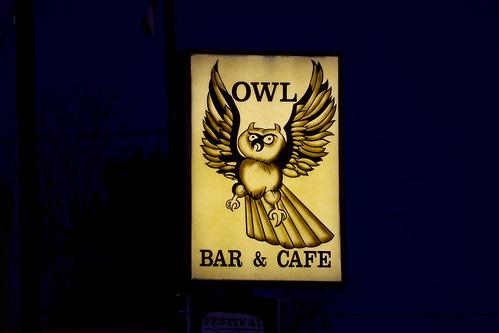
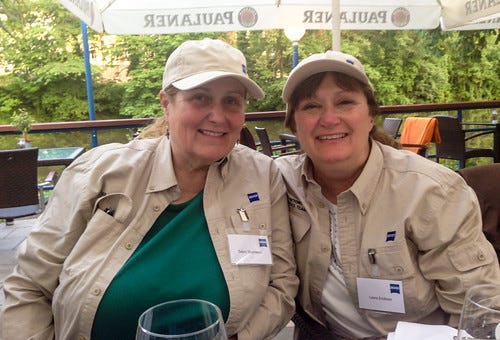
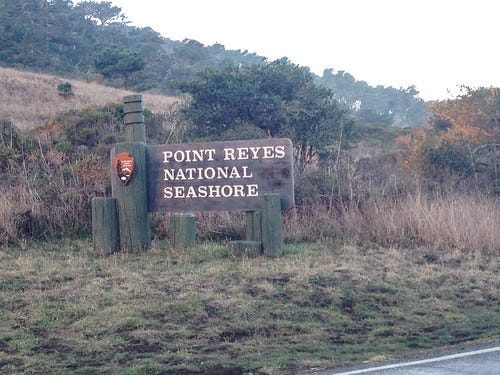
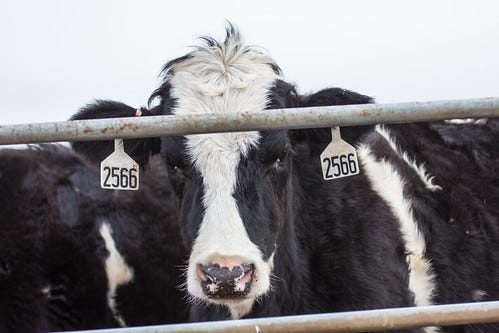
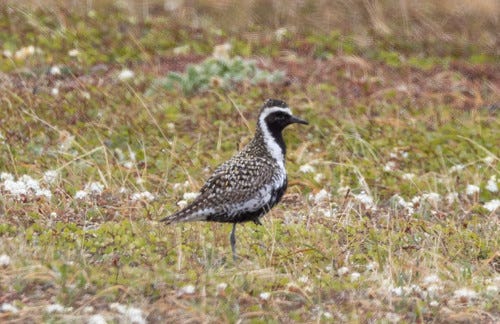
I love your inclusive writing that doesn't shirk emotional reasoning and consciousness, which in the big picture it vital for the birder or human just along for the ride. Fabulous Laura!